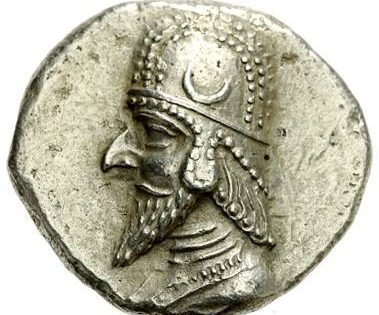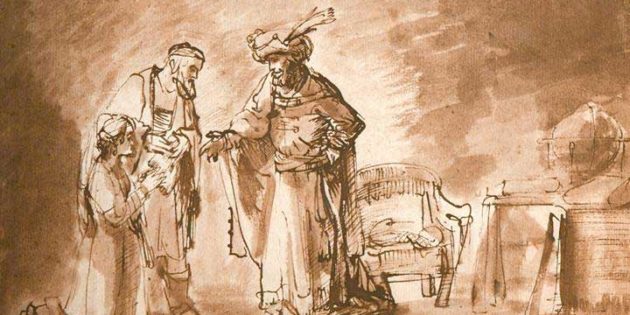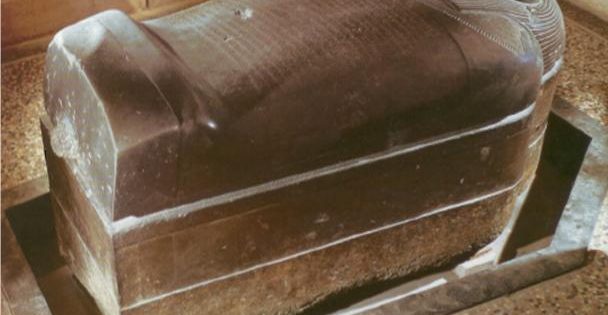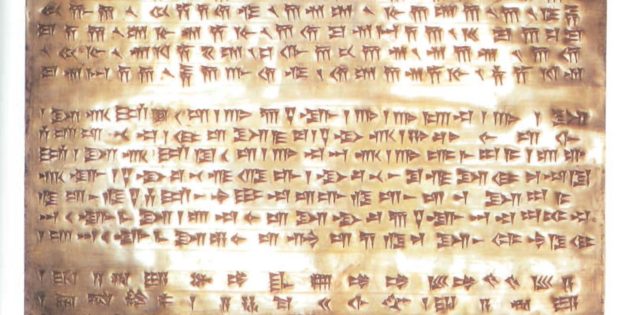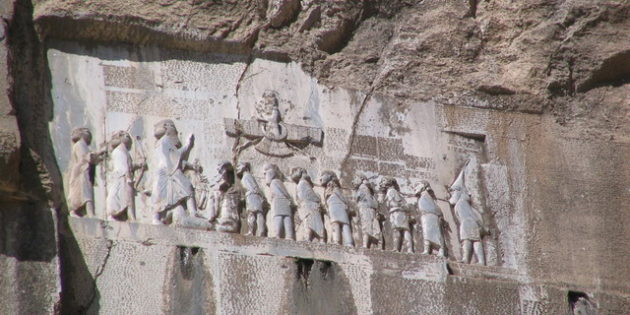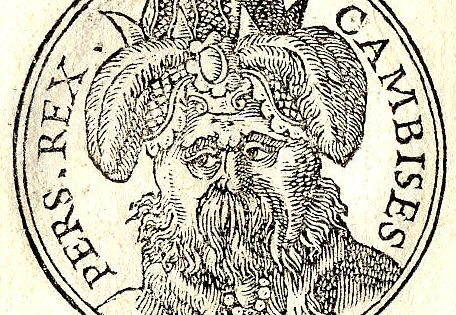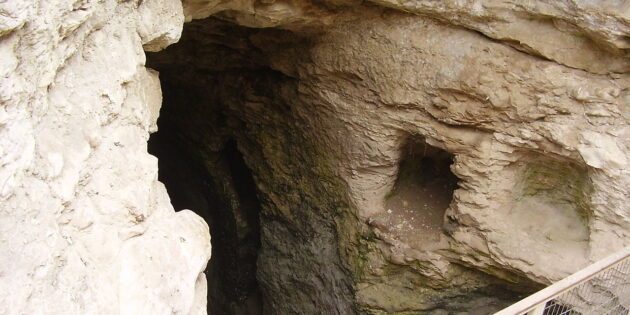Home » Bible and Beyond » Persian Period
Persian Period
Darius II, often called Darius Nothus, reigned over the Achaemenid Empire for nineteen years. Not much is know about his reign. His name was originally Ochus, and he took the name Darius upon taking the throne. Darius II spent most of his reign quelling revolts in Syria, Lydia (413), and Media (410). He lost Egypt […]
Esther Presented to Ahasuerus, Rembrandt (1606-1669) “It happened in the days of Ahasuerus – that Ahasuerus who reigned over a hundred and twenty-seven provinces from India to Ethiopia.” (Esther 1-1) The story of Esther, as given in the book bearing her name, is as follows- The King of Persia, Ahasuerus, had deposed his queen Vashti […]
Sarcophagus of King Eshmunazar The Sarcophagus of King Eshmunazar, King of Sidon, contains a Phoenician inscription, twenty-two lines long, which tells us that he built several temples and that Sidon was given possession of Dor and Joppa. It was discovered in 1855. A translation of the inscription- In the month of Bul, in the fourteenth […]
Silver Foundation Plaque of Darius I “Darius the Great King, King of Kings, King of countries, son of Hystaspes, an Achaemenian. Saith Darius the King- This is the kingdom which I hold, from the Scythians who are beyond Sogdiana, thence unto Ethiopia; from Sind, thence unto Ethiopia; from Sind, thence unto Sardis—which Ahurmazda the greatest […]
Behistun Inscription High up on a cliff face in Bisitun (or Behistun), in western Kurdistan, Darius had his claim as rightful successor to Cyrus the Great carved into stone. The tall figure of Darius stands at left, with his foot on the supine Gaumata “the Magus,” pretender to the throne, before nine rebel kings who […]
Darius I Inscription Large clay tablet with foundation inscription of Darius I (522-486 BCE). The inscription is written in Old Persian and describes the construction of Darius’s palace at Susa. “…This palace which I built at Susa, from afar its ornamentation was brought. Downward the earth was dug, until I reached rock in the earth. […]
Cambyses was the second king of the ancient Achaemenid empire (ruled 530-522) and the oldest son of Cyrus the Great. The most important event during Cambyses’ reign was the conquest of Egypt. He invaded Egypt and took the capital, Memphis, after a long siege. Cambyses was recognized as the new pharaoh. The circumstances of Cambyses’ […]
Tomb of Cyrus The Tomb of Cyrus is located at Pasargadae. The entrance to the tomb chamber is on the far side. There is Anatolian, possibly Lydian, influence in the design and workmanship of this tomb. According to the Greek author, Arrian, the body of Cyrus was placed in a golden coffin and a Persian […]
This is part II of a three-part article. Part I appeared in the last issue (“When Canaanites and Philistines Ruled Ashkelon,” BAR 17-02). Part III will appear in the next issue (“Eroticism and Infanticide at Ashkelon,” BAR 17-04). Ancient Ashkelon, now quietly nestled beside the Mediterranean in the south of Israel, is shaped like a […]
Gezer III- A Ceramic Typology of the Late Iron II, Persian and Hellenistic Periods at Tell Gezer Seymour Gitin (Jerusalem- Nelson Glueck School of Biblical Archaeology, 1990) Text volume, 270 pp.; Data Base and Plates Volume, 345 pp., $90.00 Volumes of the final report on the excavation of Tell Gezer (1964–1974) continue to pour out. […]

